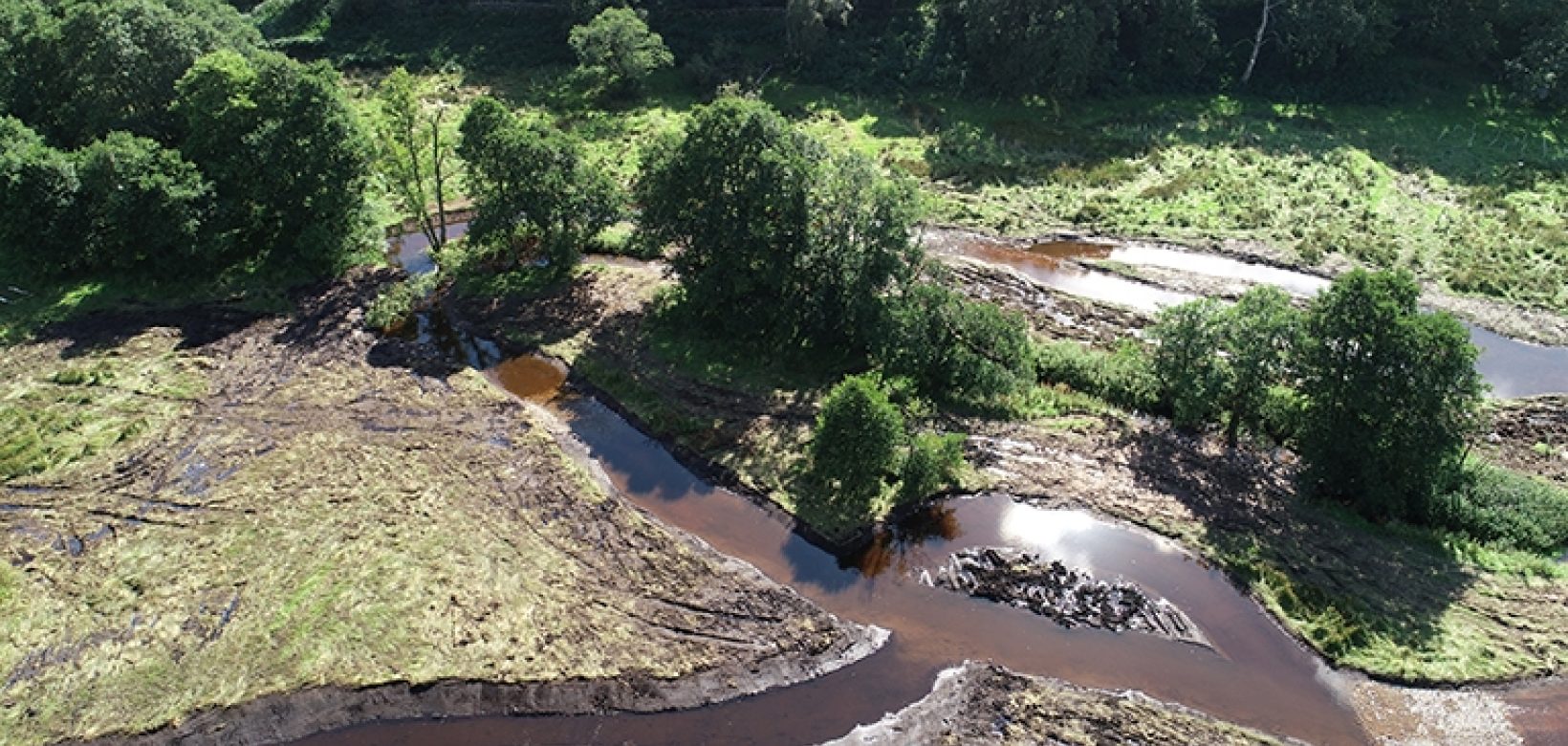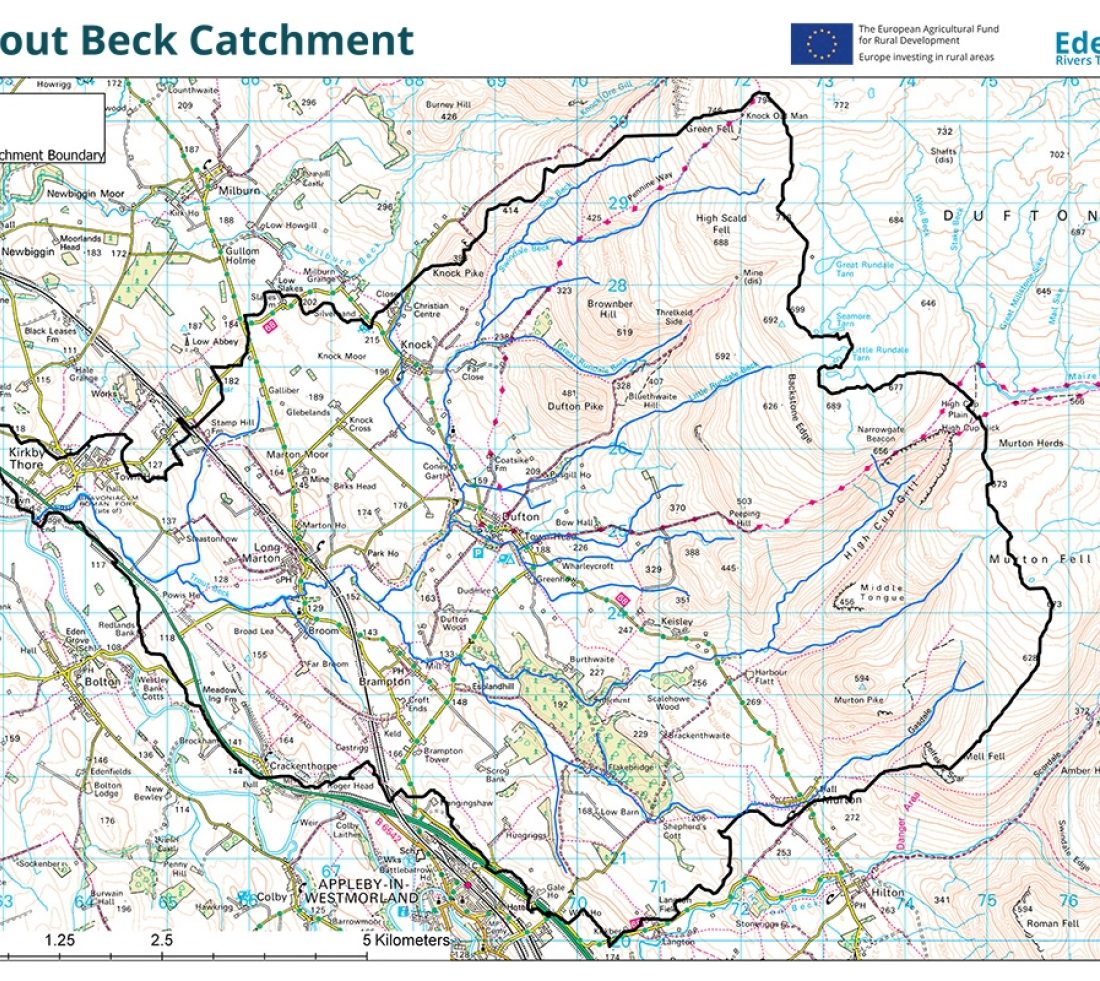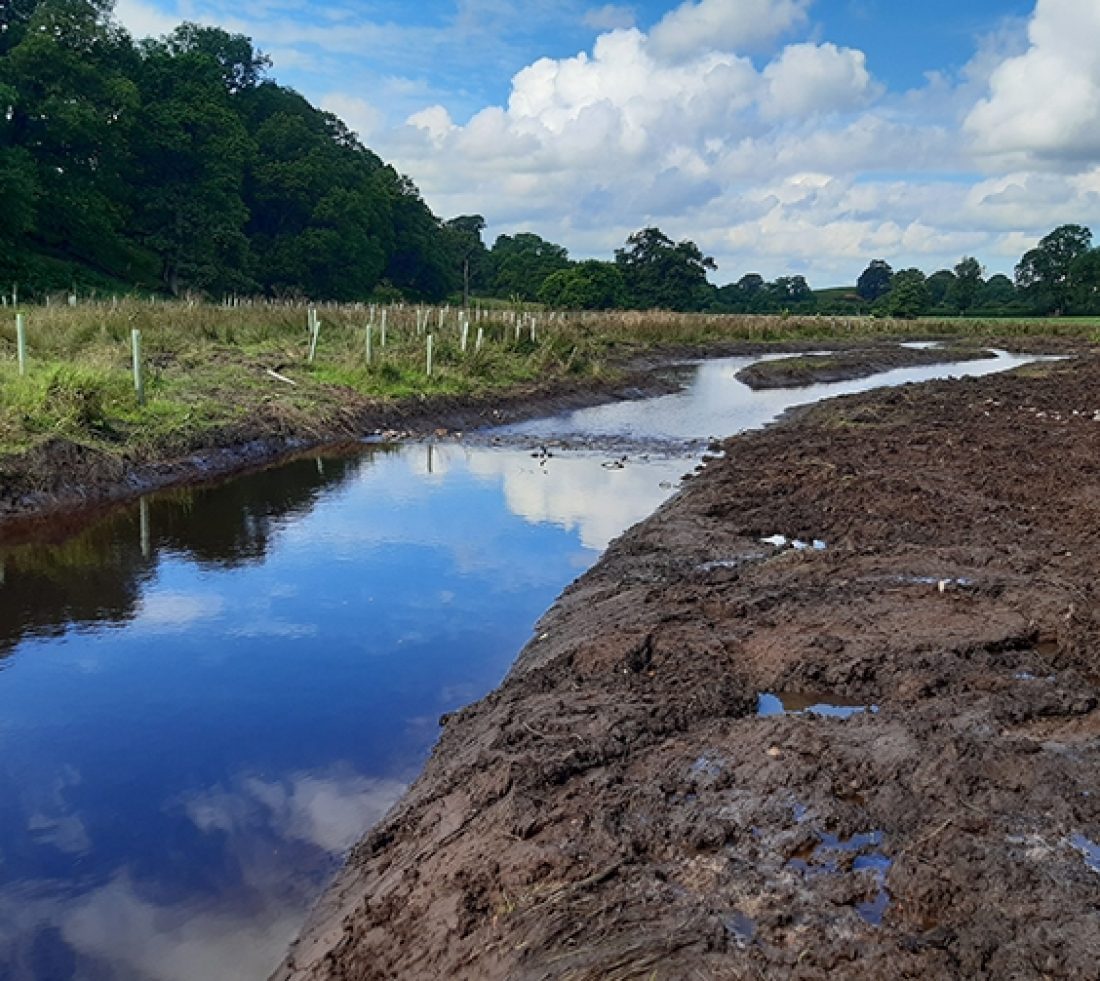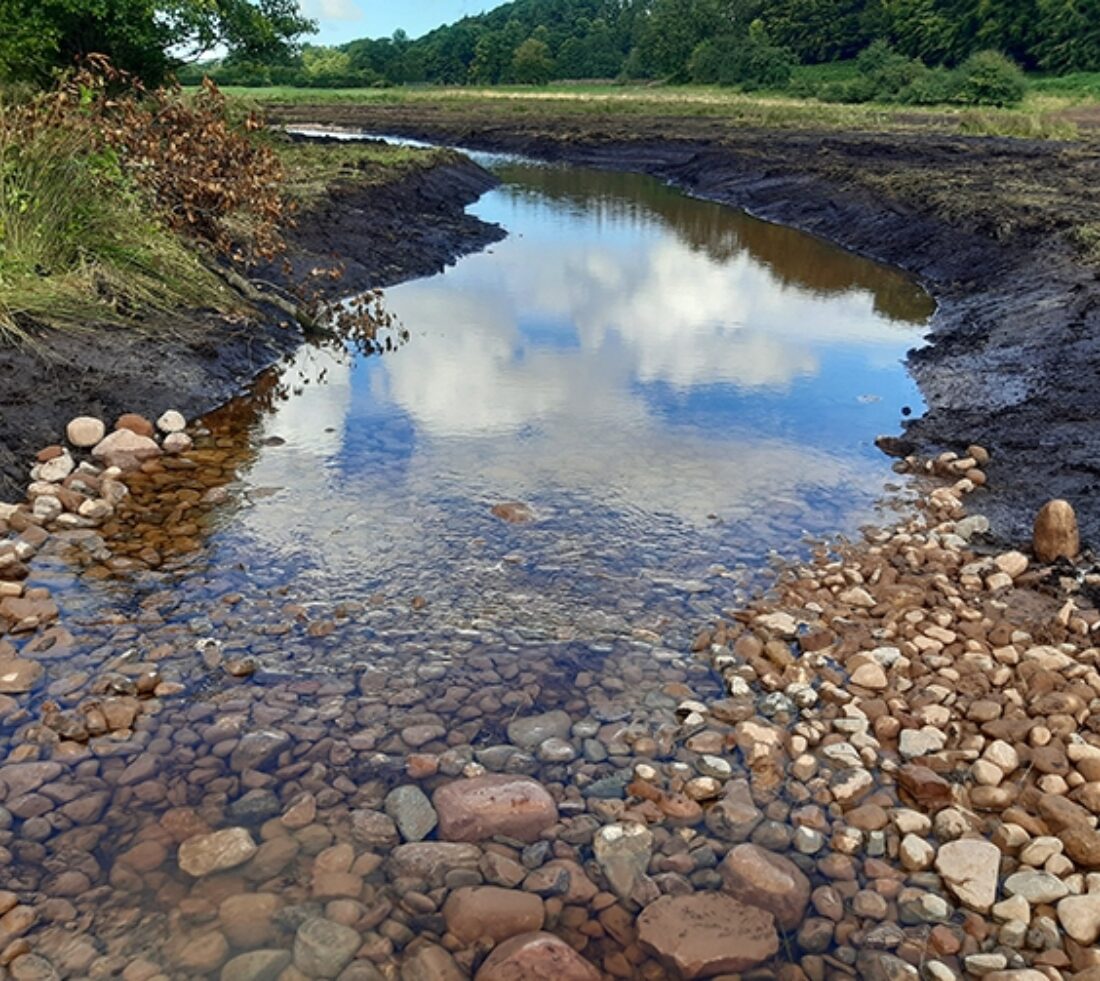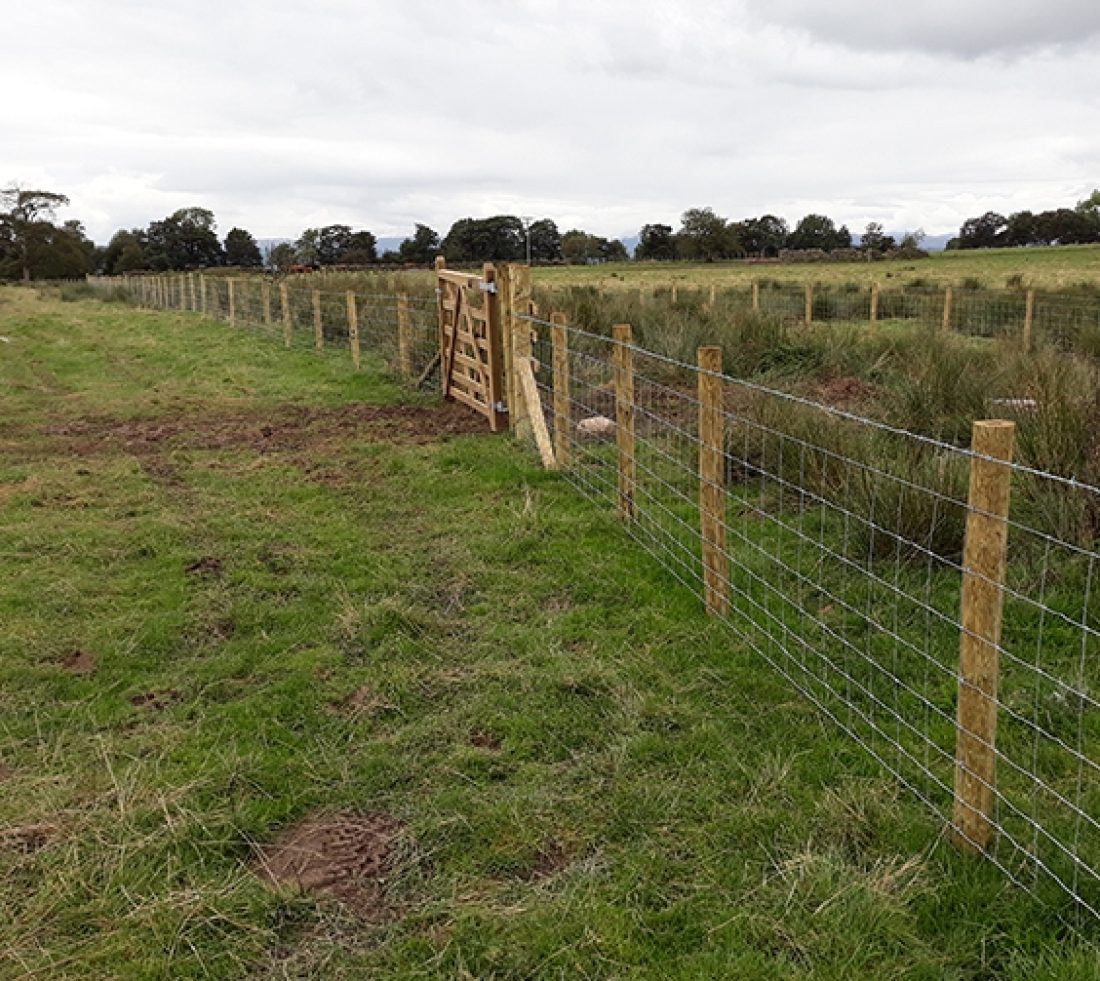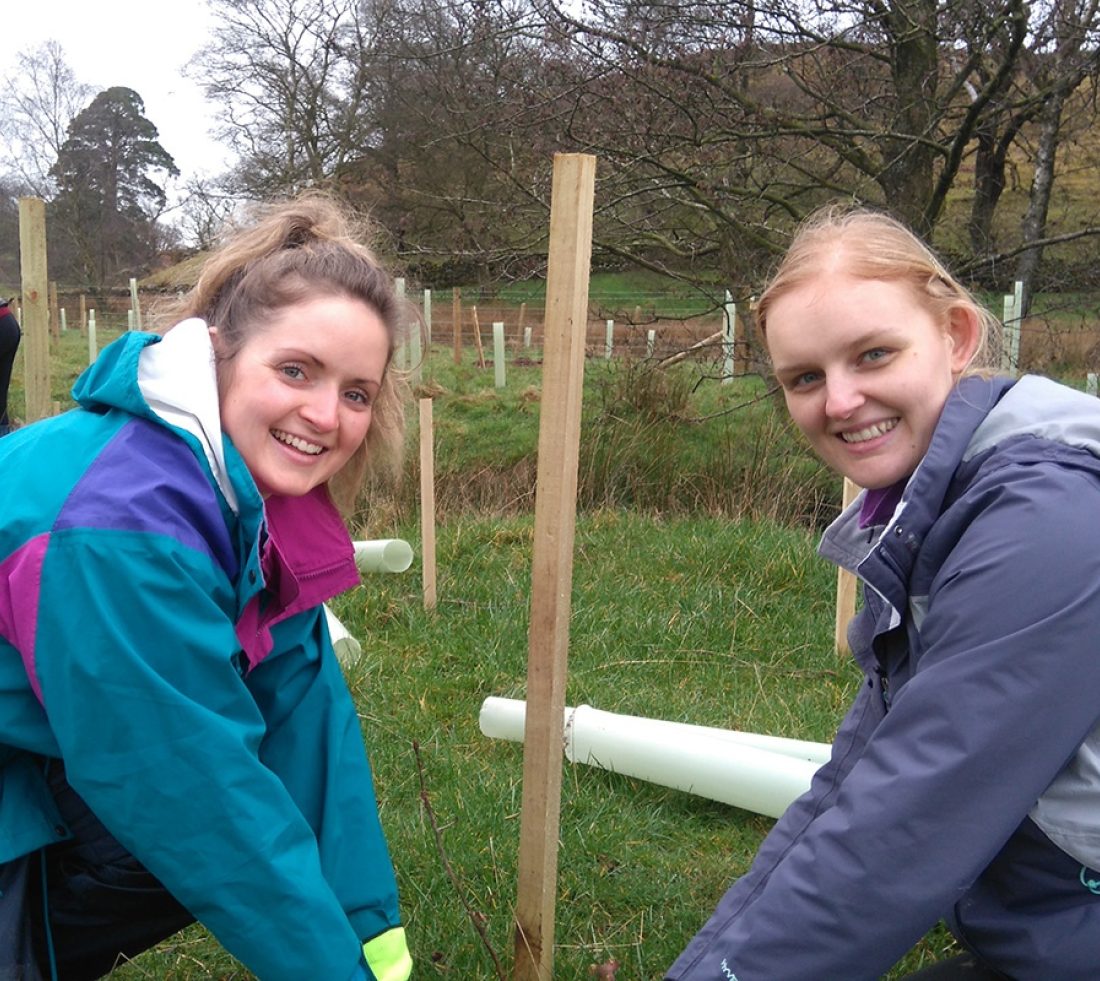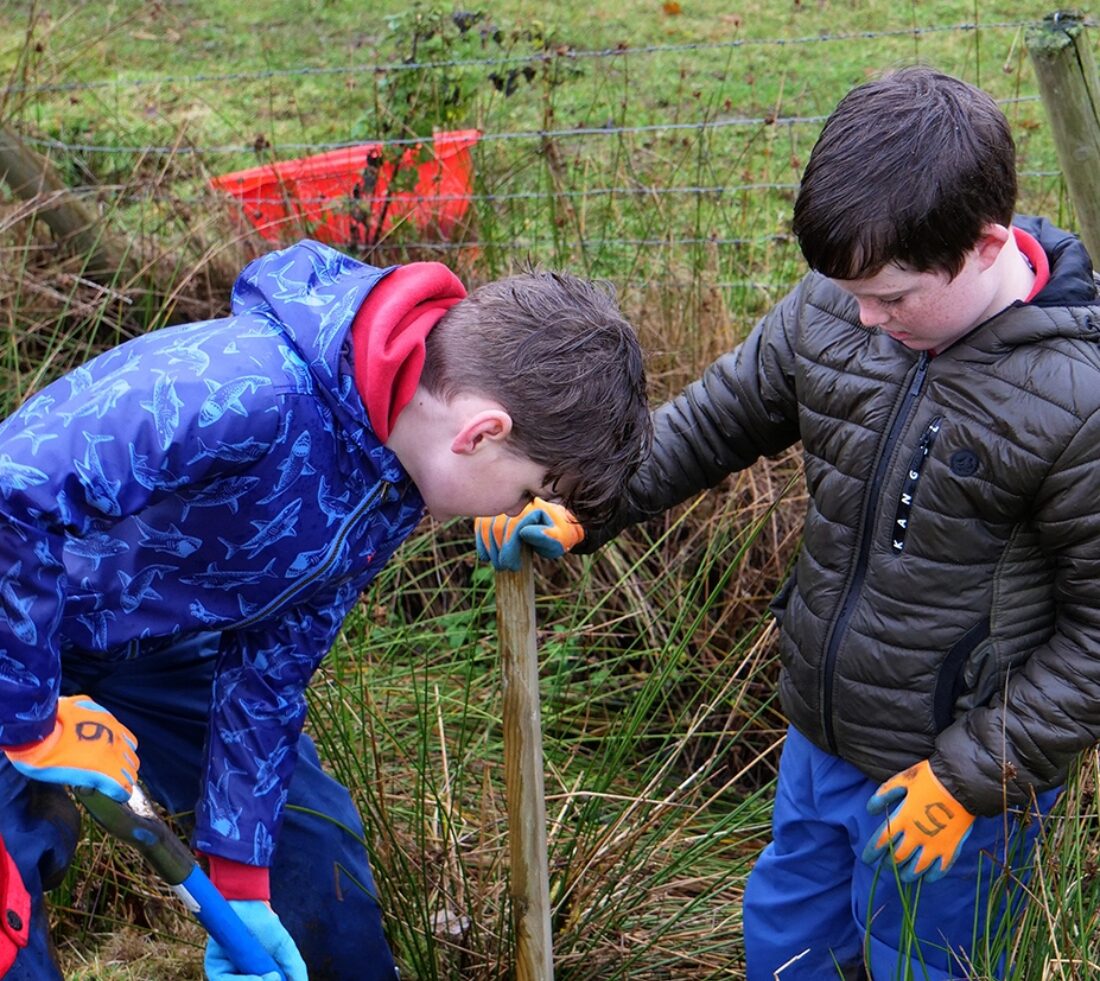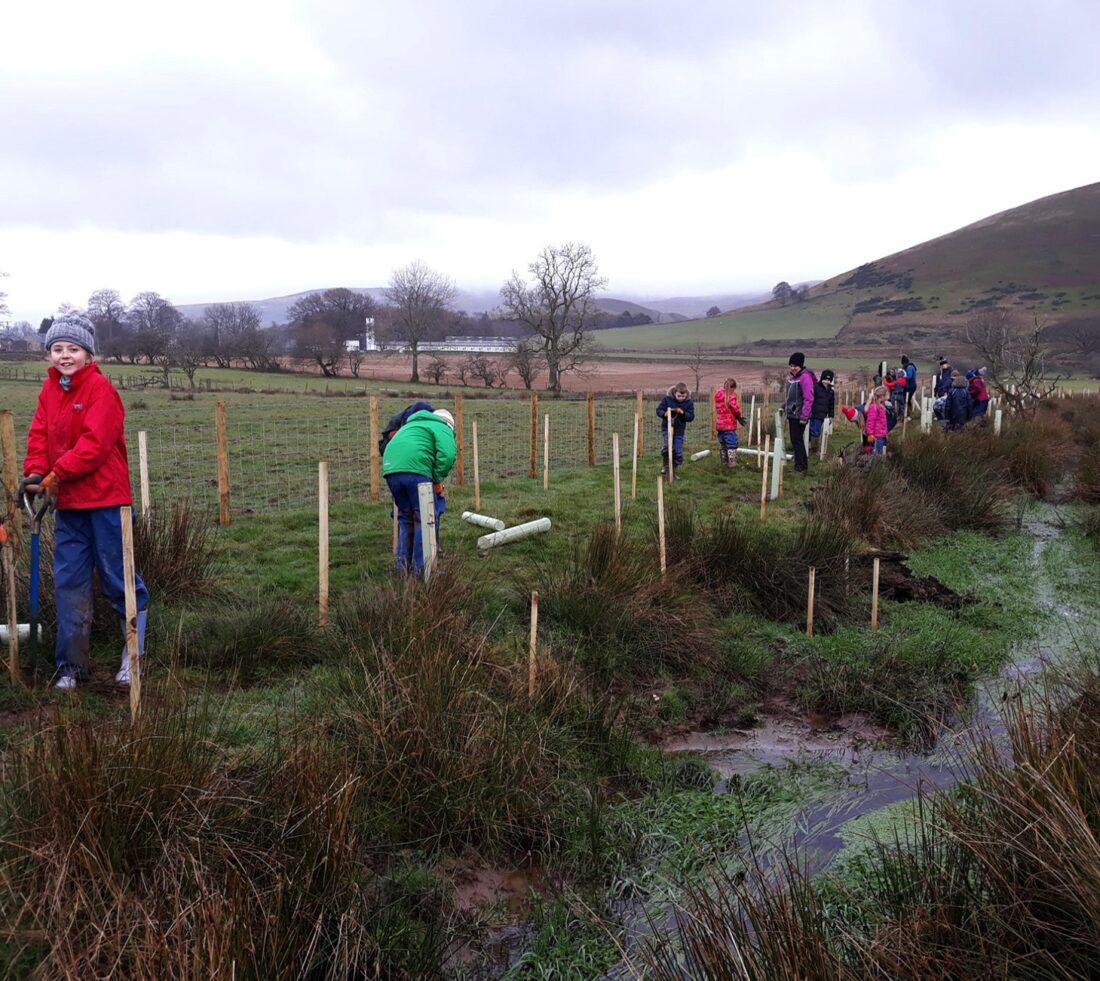We’ve been working in the Trout Beck catchment (see map) since 1999. Over that time we’ve delivered a huge variety of small scale habitat improvement projects.
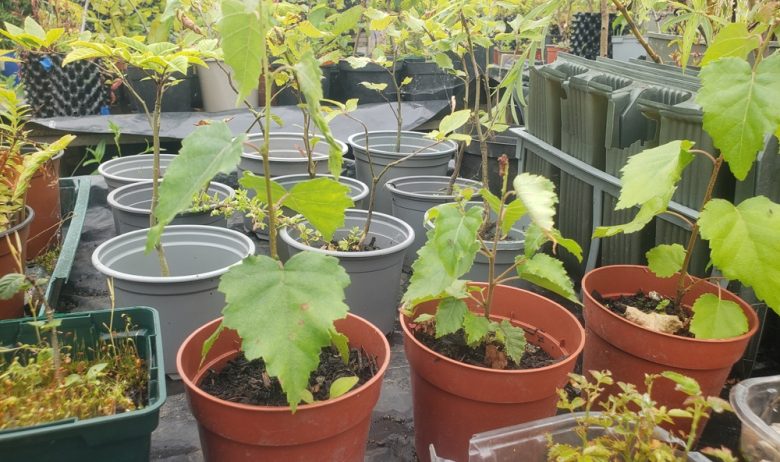
Good things come in trees
In this BLOG, we follow the progress with our Volunteer and Community Outreach Coordinator, volunteers and community groups embarking on this adventure with us.
Take a look at this case study
